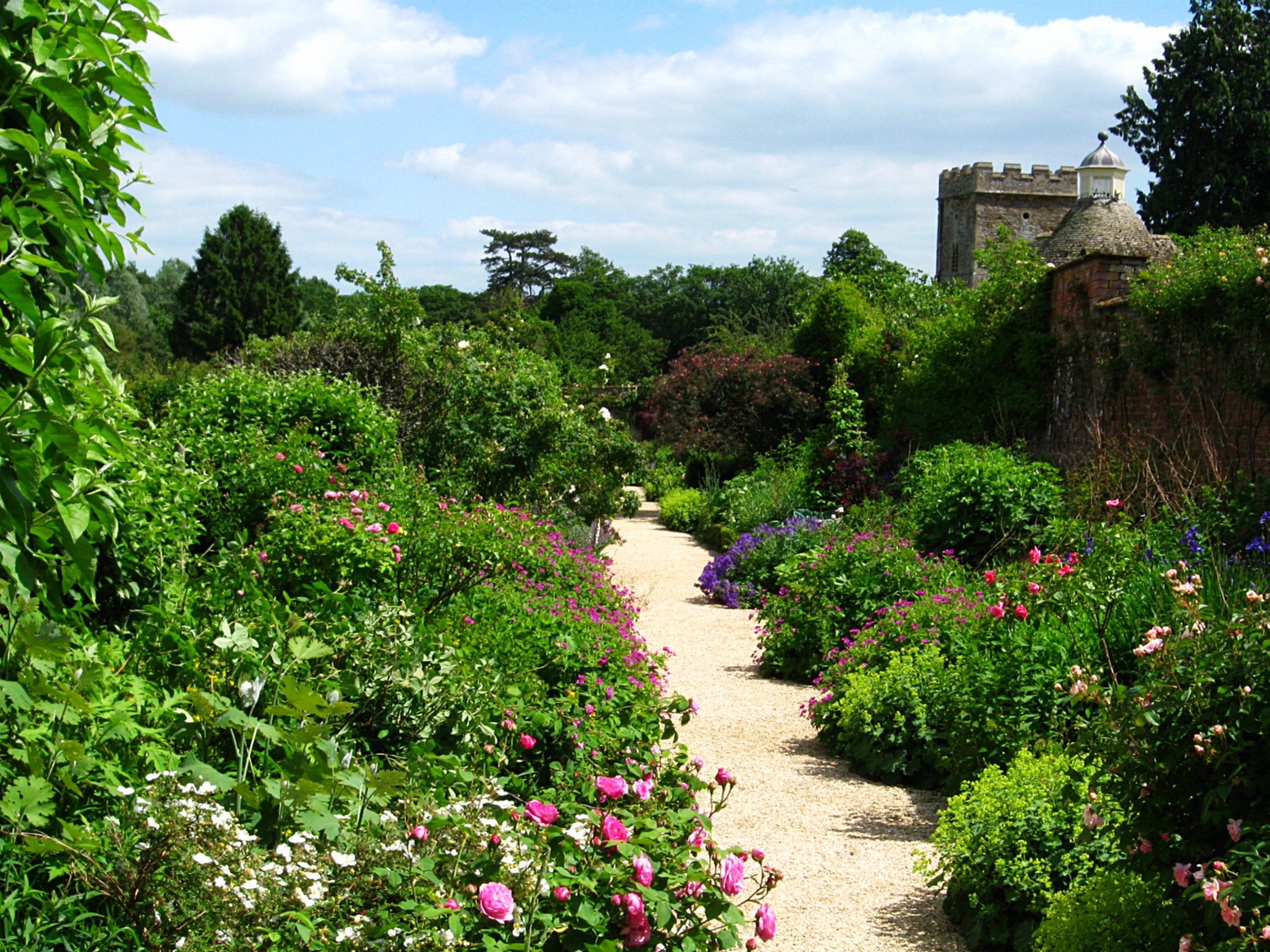
Garden of Rousham House in Oxfordshire, England. Photo by Jason Ballard, CC BY 2.0
Lychnises, rose campions, rockets, catchfly, and campanulas, carnations, pinks, sweet-williams, double and single batchelor’s buttons, and double fewerfew; also golden rods, perennial asters, French honeysuckles, columbines, Canterbury bells, monkhood, fox-gloves, tree-primrose, and several other forts may yet be planted, and will flower this season, if watered in dry weather.
The Garden Companion for Gentlemen and Ladies. March, Flower Garden, 1795
On the subject of the grand tapestry of garden design, fragrance weaves an intricate thread, infusing spaces with allure, symbolism, and sensory delight. Nowhere is this more evident than in the gardens of the 18th century, where the art of cultivation transcended mere aesthetics to evoke emotions, memories, and cultural significance through the power of scent.
The 18th century witnessed a profound transformation in garden design, reflecting the evolving tastes, philosophies, and societal values of the era. Amidst this backdrop, fragrance emerged as a potent element, intricately woven into the fabric of garden culture.
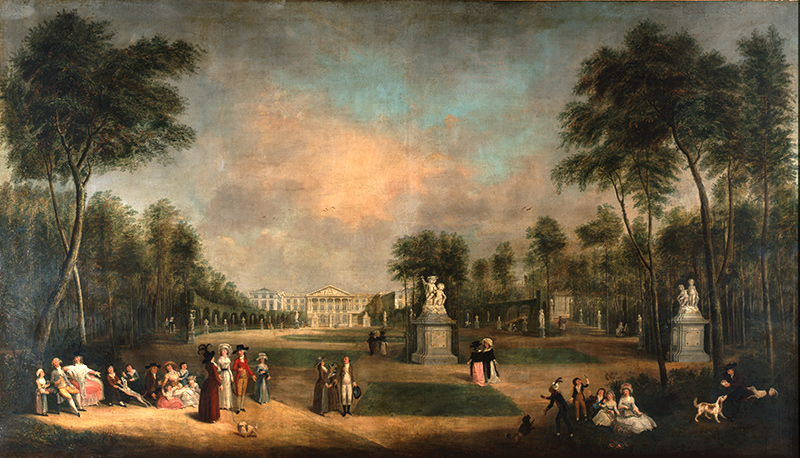
Garden Treasures: Sensory Experience of 18th-Century Gardens
Central to the sensory experience of 18th-century gardens was the cultivation of fragrant botanical specimens. Horticultural enthusiasts of the time embarked on botanical expeditions, traversing continents in search of exotic treasures to adorn their estates. These voyages of discovery brought forth a cornucopia of aromatic delights, from the delicate blooms of jasmine and rose to the heady scents of lavender and hyacinth.
The pursuit of botanical diversity not only enriched garden palettes but also fostered a spirit of curiosity and exploration. Botanical gardens, such as the famed Chelsea Physic Garden in London, became veritable sanctuaries of scent, offering visitors a sensory journey through the wonders of the plant kingdom.
Symbolism and Significance: Unraveling the Language of Flowers
In the language of flowers that flourished during the 18th century, fragrances spoke volumes, conveying sentiments, virtues, and hidden meanings. Each bloom carried with it a symbolic weight, inviting contemplation and interpretation amidst the verdant tapestry of the garden.
Roses, with their myriad hues and intoxicating scents, epitomized love, passion, and beauty, while the sweet fragrance of white violets whispered of modesty and virtue. The heady aroma of lilies evoked purity and innocence, while the spicy notes of carnations symbolized admiration and affection.
Beyond mere decoration, these fragrant emblems adorned gardens with layers of meaning, enriching the sensory experience and inviting contemplation of the deeper mysteries of nature and human emotion.
In the 18th century, the language of flowers, also known as floriography, flourished as a means of conveying sentiments, emotions, and messages through floral symbolism. Each bloom held its significance, allowing individuals to communicate complex feelings and sentiments without uttering a single word. Here are a few examples of flowers and their meanings in 18th-century culture:
Roses
Roses were perhaps the most iconic and versatile flowers in the language of flowers during the 18th century. Different colors of roses conveyed distinct messages. For example:
- Red roses symbolized love, passion, and romance.
- White roses represented purity, innocence, and chastity.
- Yellow roses conveyed friendship, joy, and affection.
- Pink roses expressed admiration, gratitude, and appreciation.
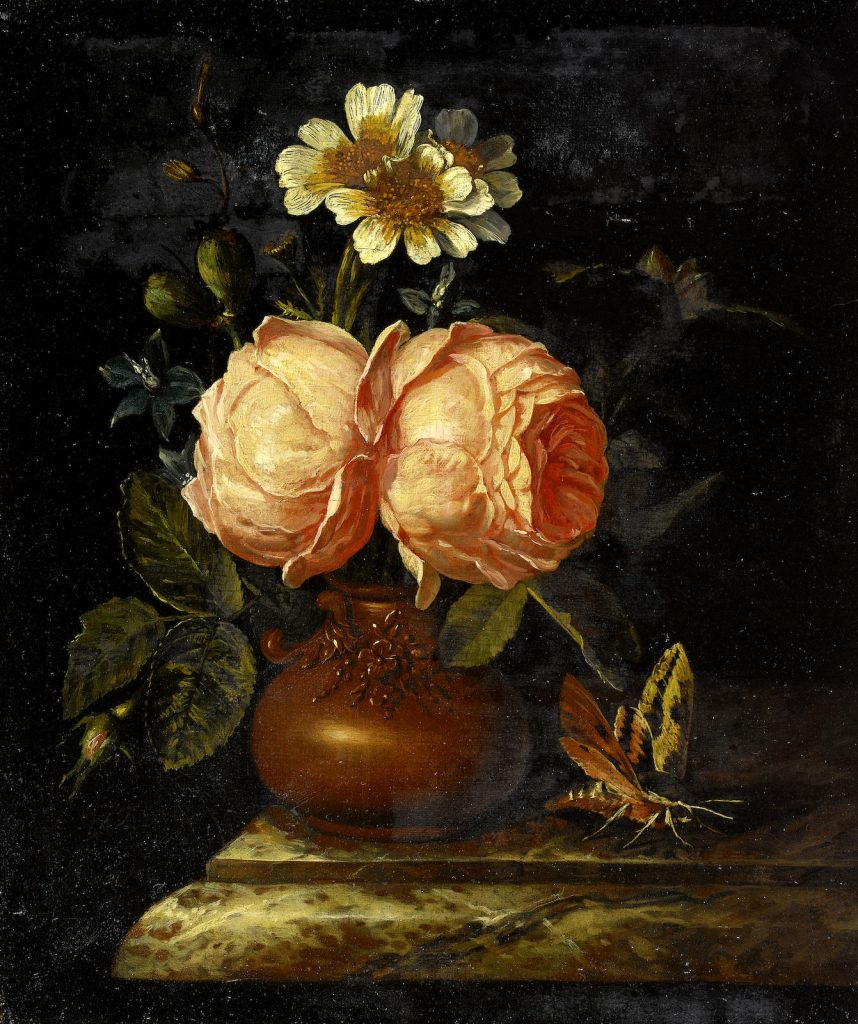
Lilies
Lilies were revered for their elegance and beauty, holding various symbolic meanings:
- White lilies were associated with purity, virtue, and renewal.
- Tiger lilies symbolized pride, confidence, and prosperity.
- Calla lilies represented rebirth, resurrection, and transformation.
Violets
Violets were cherished for their delicate beauty and subtle fragrance, carrying poignant meanings:
- Blue violets symbolized faithfulness, loyalty, and devotion.
- Purple violets conveyed thoughts of remembrance and affection.
- White violets represented modesty, humility, and innocence.
Carnations
Carnations were beloved for their longevity and spicy aroma, with each color bearing its own significance:
- Red carnations symbolized love, admiration, and deep affection.
- Pink carnations represented maternal love, gratitude, and fondness.
- White carnations were associated with purity, luck, and spiritual love.
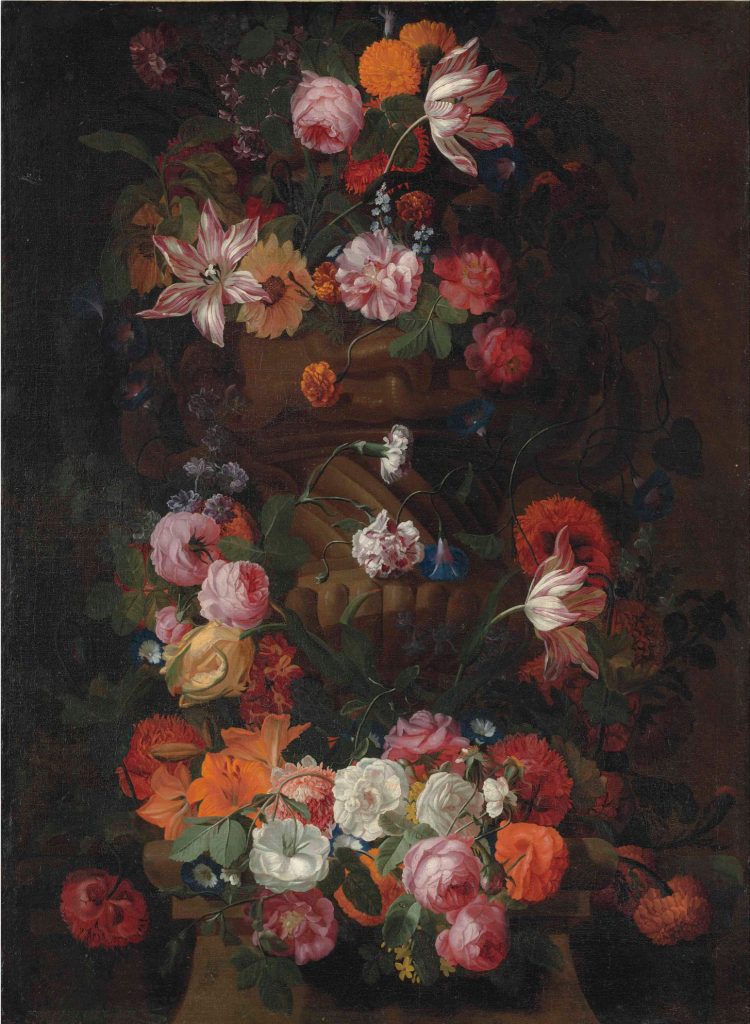
Tulips
Tulips captivated imaginations with their vibrant hues and graceful forms, carrying diverse meanings:
- Red tulips symbolized true love, passion, and desire.
- Yellow tulips represented cheerfulness, happiness, and sunshine.
- Purple tulips conveyed royalty, elegance, and admiration.
Forget-Me-Nots
Forget-me-nots were imbued with tender sentiment and enduring affection:
- Forget-me-nots symbolized true love, fidelity, and everlasting friendship.
- They were often exchanged between lovers as a pledge of enduring devotion and remembrance.
Daisies
Daisies, with their simple charm and sunny demeanor, held meanings of innocence and purity:
- Daisies symbolized innocence, purity, and simplicity.
- They were often associated with childhood, purity of heart, and the simplicity of nature.
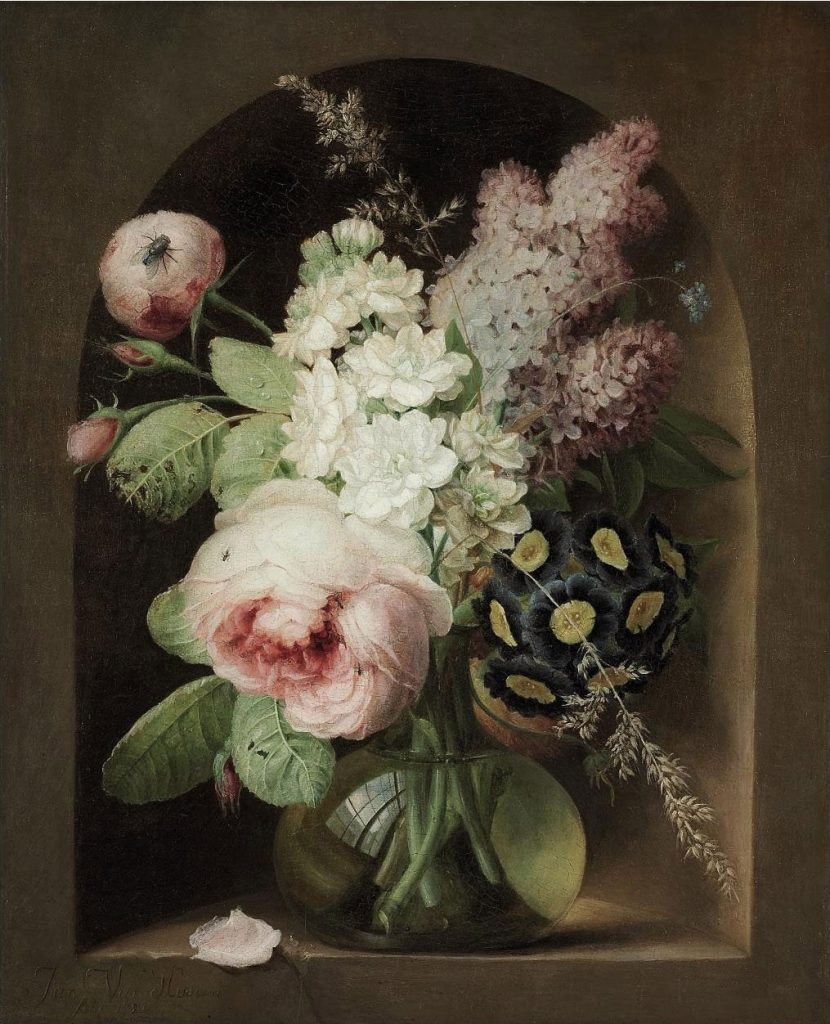
Hyacinths
Hyacinths enchanted with their heady fragrance and vibrant blooms, conveying messages of sincerity and heartfelt emotion:
- Blue hyacinths symbolized constancy, sincerity, and loyalty.
- Pink hyacinths represented playfulness, joy, and affection.
- White hyacinths conveyed purity, peace, and serenity.
These examples merely scratch the surface of the rich tapestry of floral symbolism that permeated 18th-century culture. Each bloom carried with it a universe of meaning, allowing individuals to express their deepest sentiments and emotions through the language of flowers.
Sensory Splendor: Creating Atmosphere and Ambiance
In the design of 18th-century gardens, fragrance played a pivotal role in shaping atmosphere and ambiance, transforming outdoor spaces into sensory sanctuaries of unparalleled beauty and tranquility.
Garden designers such as André Le Nôtre and Capability Brown masterfully orchestrated the interplay of scents, textures, and colors to evoke specific moods and sensations. Fragrant pathways meandered through lush landscapes, leading visitors on olfactory odysseys of discovery and delight.
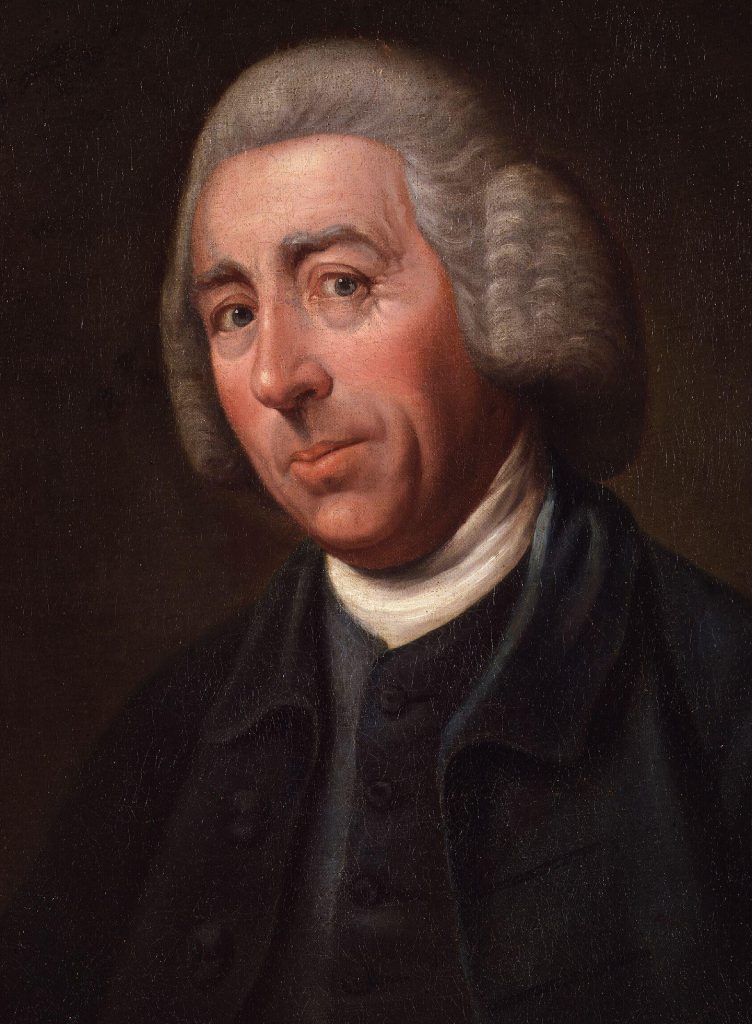
The placement of aromatic flowers near seating areas and promenades encouraged leisurely contemplation, while fragrant arbors and trellises enveloped visitors in a cocoon of perfume, transporting them to enchanted realms of sensory splendor.
Cultural Reverence: Fragrance in Ritual and Ceremony
In the social milieu of 18th-century Europe, fragrance held a revered place in rituals and ceremonies, permeating every aspect of daily life with its intoxicating presence.
From the ornate gardens of royal palaces to the humble herb gardens of rural cottages, fragrant blooms were harvested and distilled into perfumes, pomades, and potpourris, infusing homes and bodies with their aromatic essence.
In grand balls and soirées, guests adorned themselves with scented sachets and posies, while floral garlands adorned banquet tables, imbuing feasts with a fragrant allure. Even in moments of mourning, fragrant herbs and flowers offered solace and remembrance, comforting grieving hearts with their poignant perfume.
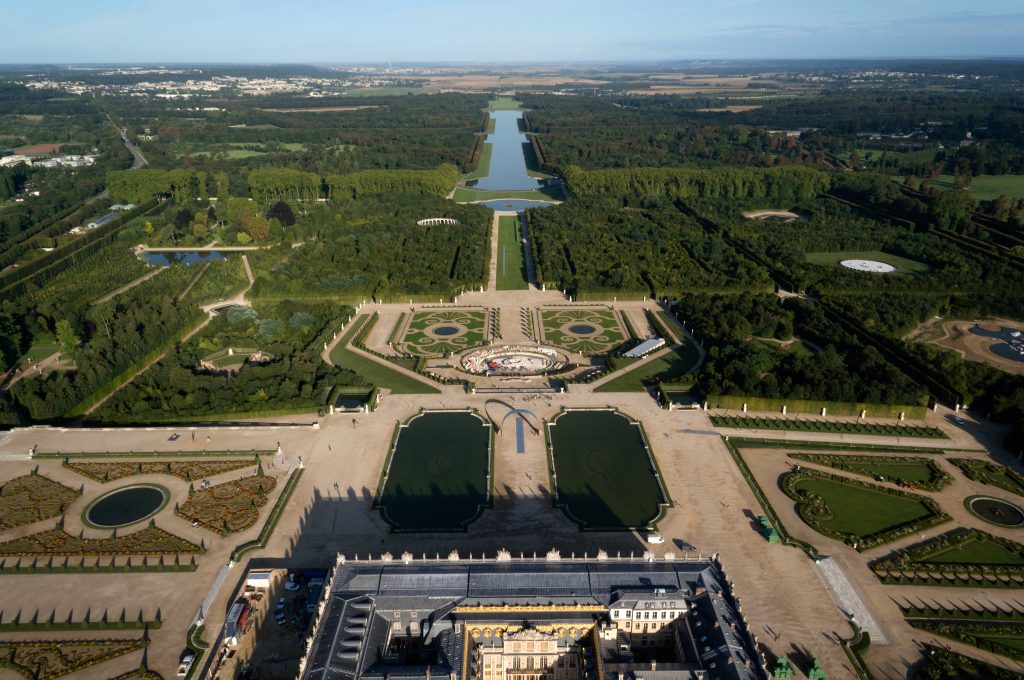
Legacy and Inspiration: Preserving Fragrant Heritage
Today, the legacy of fragrance in 18th-century garden design endures as a testament to the enduring power of scent to captivate the senses and enrich the human experience.
Historic gardens such as the Gardens of Versailles and the Royal Botanic Gardens at Kew stand as living testaments to the artistry and ingenuity of past horticultural luminaries, inspiring future generations to cultivate their own sensory sanctuaries.
Through preservation efforts and botanical conservation initiatives, fragrant botanical treasures continue to thrive, ensuring that the language of flowers and the olfactory opulence of 18th-century gardens remain a vibrant and cherished part of European cultural heritage.
In the fragrant embrace of these timeless landscapes, we are reminded of the profound connection between nature and human creativity, and the enduring allure of scent in shaping our perceptions, memories, and sensibilities.
